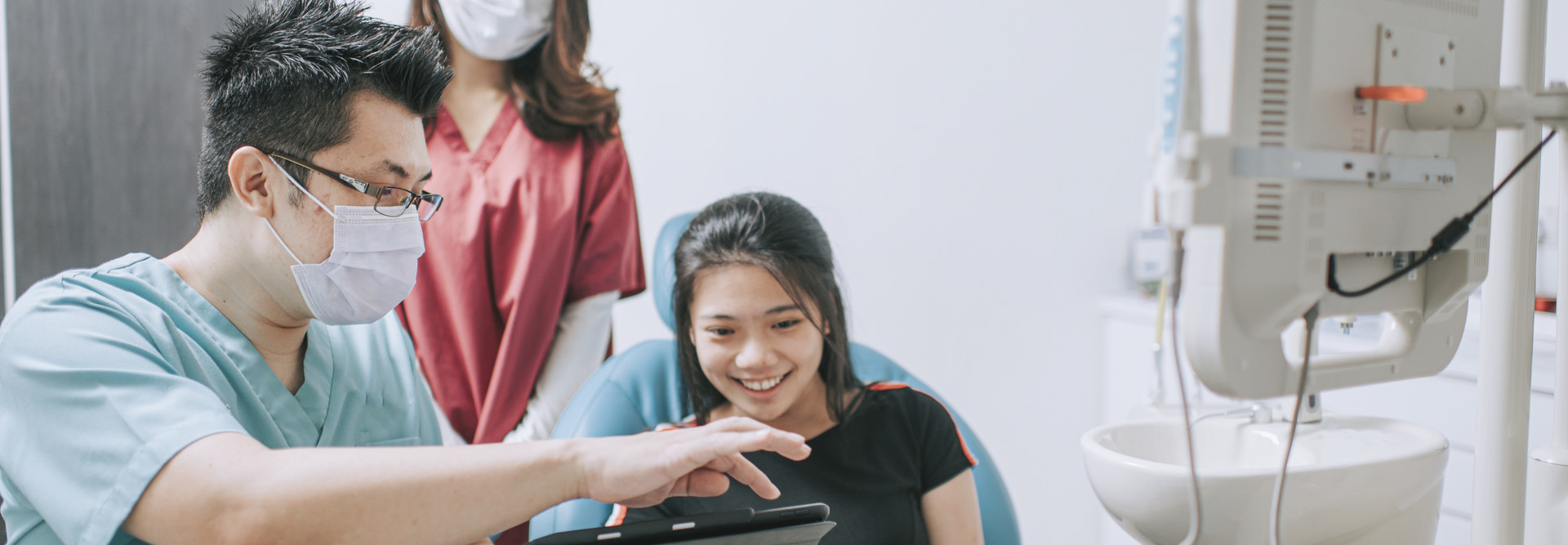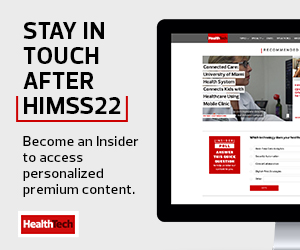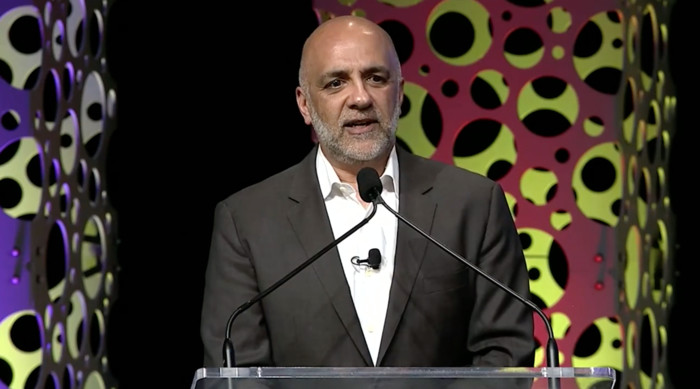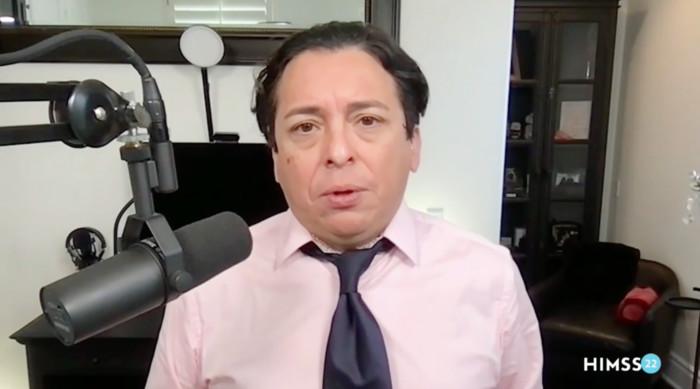The annual HIMSS conference wrapped up Friday in Orlando, Fla., with a closing keynote from Olympian Michael Phelps on mental health, his career and the pursuit of dreams.
“On those days where we are sore, we’re tired, we had a bad night or bad sleep — how can I get one little baby step forward? I don’t like taking steps backwards. So you try to look at the small things and simplify things, break it down as simply as you possibly can and try to go from there,” Phelps said.
His goal-setting perspective connected to this year’s conference theme asking healthcare IT leaders and stakeholders to “reimagine health.” As changing patient expectations, emerging technologies, an evolving workforce and a historic pandemic continue to shape the healthcare industry, what can organizations do to remain agile and resilient, but also lay the foundation for a more interconnected, innovative future?
The experts at HIMSS22 shared much-needed insight on improving interoperability, visionary patient experiences and streamlining provider workflows.
Click the banner below for access to exclusive HealthTech content and a customized experience.
Building an Interconnected Digital Foundation
“Now that we’ve got virtually all the hospitals and a majority of ambulatory providers on electronic health records systems, to ask ourselves the question, how do we start thinking of a world where it really is a digital foundation from this point going forward? We haven’t eliminated paper, we haven’t eliminated faxes — God help us — but we know that’s a shrinking, shrinking part of what we’re doing every single day,” said Micky Tripathi, the national coordinator for health IT at the U.S. Department of Health and Human Services, offering an update on federal priorities in interoperability.
He highlighted the importance of creating an open-architecture health IT ecosystem based on open industry standards, which Tripathi said would pave the way for more innovation. And he stressed the importance of connecting public health to healthcare systems’ interoperability.
Dr. Daniel Jernigan, deputy director for public health science and surveillance at the Centers for Disease Control and Prevention, shared lessons from the CDC’s data modernization initiative that launched in 2019, including ongoing success in cloud migration.
“Our ultimate goal is to move from siloed and brittle public health data systems to connected, resilient, adaptable and sustainable response-ready systems that can help us solve problems before they happen and reduce the harm caused by the problems that do happen,” Jernigan said.
Micky Tripathi addresses HIMSS22 conference attendees during his in-person talk, “An Update from the National Coordinator for Health IT and the CDC.”
Making Patient-Centered Care a Priority
“The experiences that we give to patients and also to caregivers is one that’s steeply rooted in the past,” said Brian Solis, digital analyst, author and global innovation evangelist at Salesforce, during his digital visionary keynote address.
Solis highlighted consumer experiences in entertainment and retail as examples for how to improve patient experiences in healthcare. And to disrupt healthcare, there needs to be a balanced combination of iteration and innovation, Solis added.
Iteration is “doing the same things better,” he said, whether it’s using artificial intelligence, augmented reality or remote technology. “If the experience is just an improvement on an existing process, an existing product or service, it is just iteration.”
True innovation, he said, is “doing new things that create new value.” When paired together, healthcare organizations will be better equipped to move toward a patient-centric future.
Digital analyst Brian Solis delivers a visionary keynote address at HIMSS22, speaking on “The Future of Patient Experience & Innovative Experience Design in Healthcare.”
In a separate panel discussion, Raymond Gensinger, Vice President and CIO at Hospital Sisters Health System, added that patient experiences will be the driving force of healthcare change.
“I think they’re going to drive what we need to do and the changes we need to make. If we don’t change, we’re going to be irrelevant,” he said.
Involving Provider Perspectives in Solutions
The solutions aimed at addressing clinician workflow should involve clinician input from the start, especially if they end up affecting patient care, presenters agreed.
“Our nurses are spending 30 percent of their time in the technology,” said Sherri Hess, chief nursing informatics officer at HCA Healthcare. “That’s about two and a half hours, but finding they’re only spending, face-to-face, about one to one and a half hours with the patient.”
Gensinger added that a “silicon workforce” — automated capabilities that can lessen clinician burden and improve patient experiences — will be the path forward. And automation doesn’t eliminate the human touch, but rather expands the capabilities of what clinicians are able to do.
Keep this page bookmarked for our ongoing virtual coverage of HIMSS22. Follow us on Twitter @HealthTechMag and join the conversation using the hashtag #HIMSS22.













